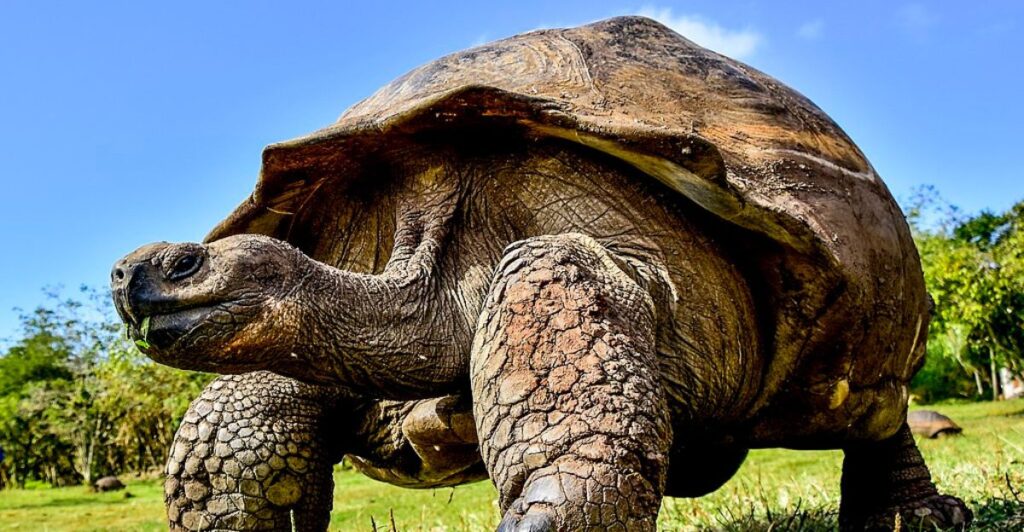
Aging isn’t universal in the animal kingdom. While most creatures succumb to time’s effects, some defy it with extraordinary abilities. They regenerate, repair DNA, or thrive in extreme environments. Their remarkable abilities offer a glimpse into nature’s secrets of longevity and resilience. Here are 12 reasons for these animals’ key to a longer, healthier existence.
1. Cellular Regeneration Mastery: Hydra
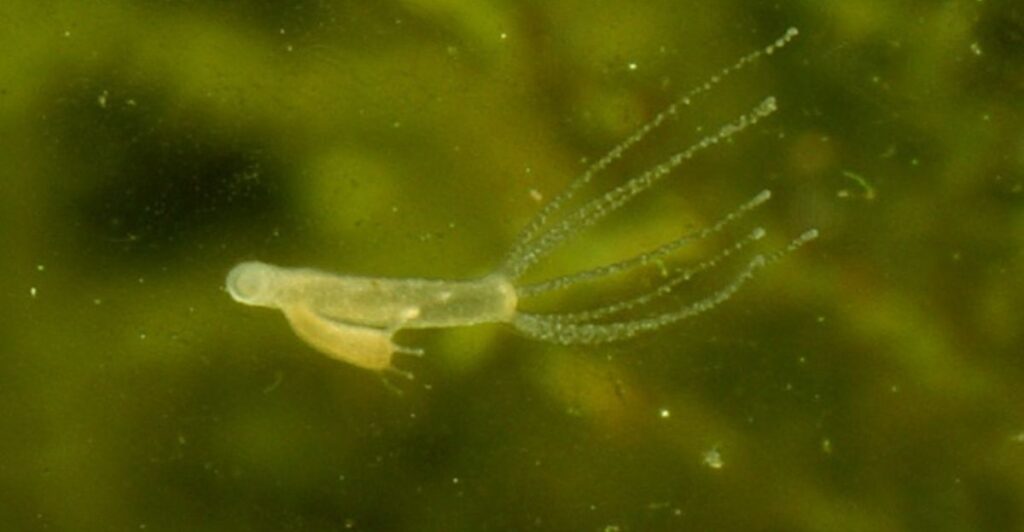
Picture a creature that never shows signs of age. The hydra constantly renews its entire body by replacing old cells with new ones through a process called continuous regeneration. These freshwater organisms avoid biological decline because their stem cells never lose function. Could this tiny animal hold the key to eternal youth?
2. Slow Metabolism Advantage: Giant Tortoise
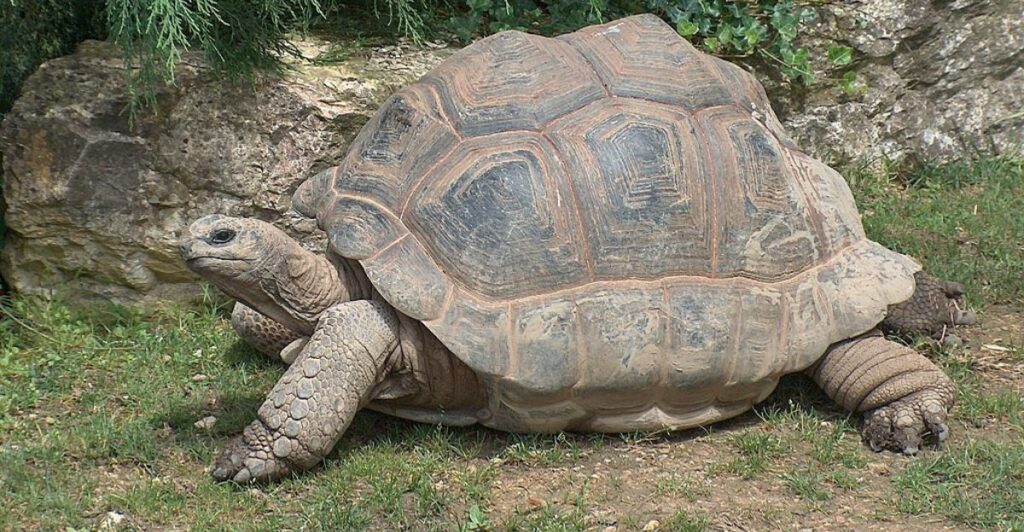
Moving at a leisurely pace isn’t a drawback; it’s a survival strategy. Giant tortoises digest food and expend energy so slowly that their bodies suffer minimal cellular damage. This sluggish metabolism helps internal organs stay functional far longer than in faster-paced species.
3. Superior DNA Repair: Bowhead Whale
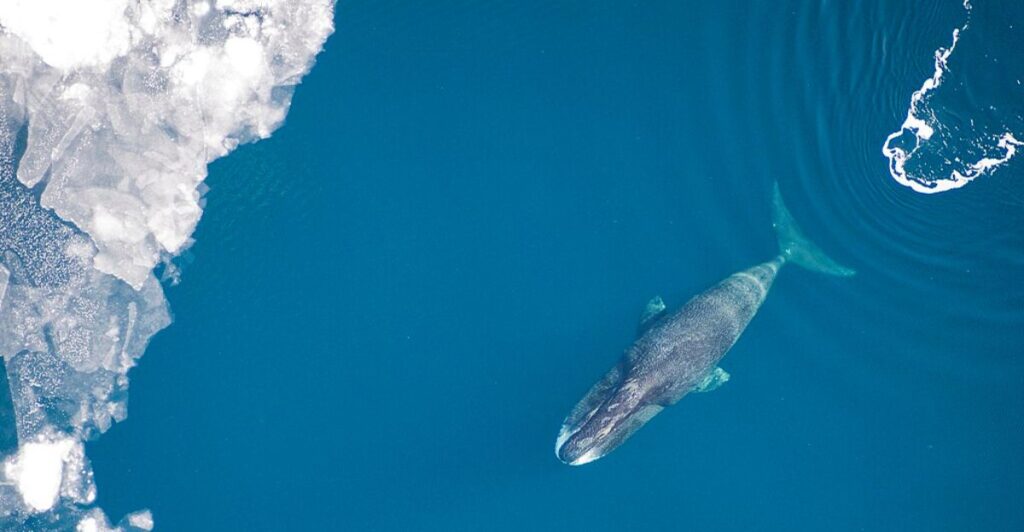
The bowhead whale, known for its incredible lifespan of over 200 years, owes much of its longevity to superior DNA repair mechanisms. Unlike humans, bowhead whales have evolved to efficiently repair genetic damage that accumulates over time. Their cells can detect and fix mutations before they lead to harmful effects like cancer.
4. Natural Armor Against Aging: Ocean Quahog Clam
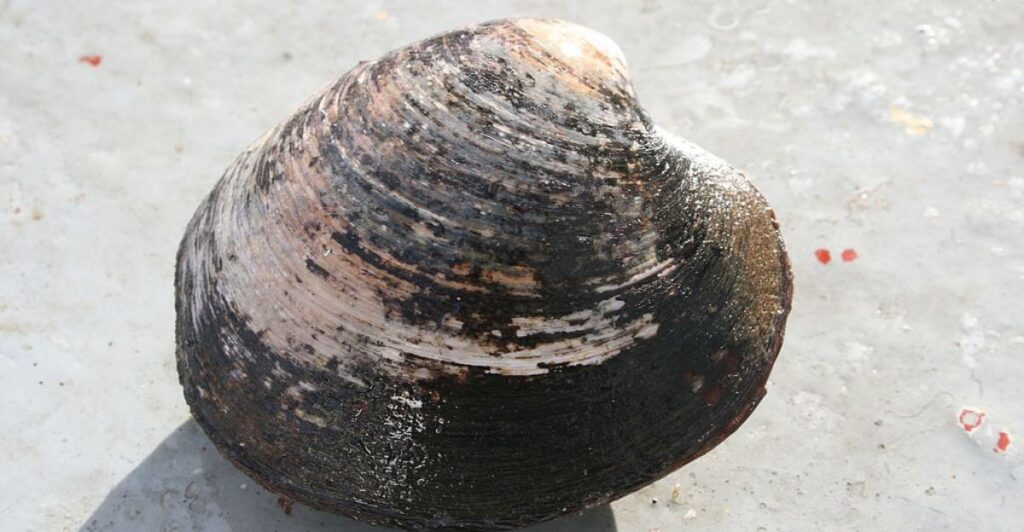
The ocean quahog clam possesses a natural defense system that shields it from aging. Its secret lies in its efficient antioxidant mechanisms and protective shell. These clams produce proteins that prevent cellular damage caused by oxidative stress—a key contributor to aging. Additionally, their hard shell acts as armor.
5. Ancient Burrower: Giant Tube Worm
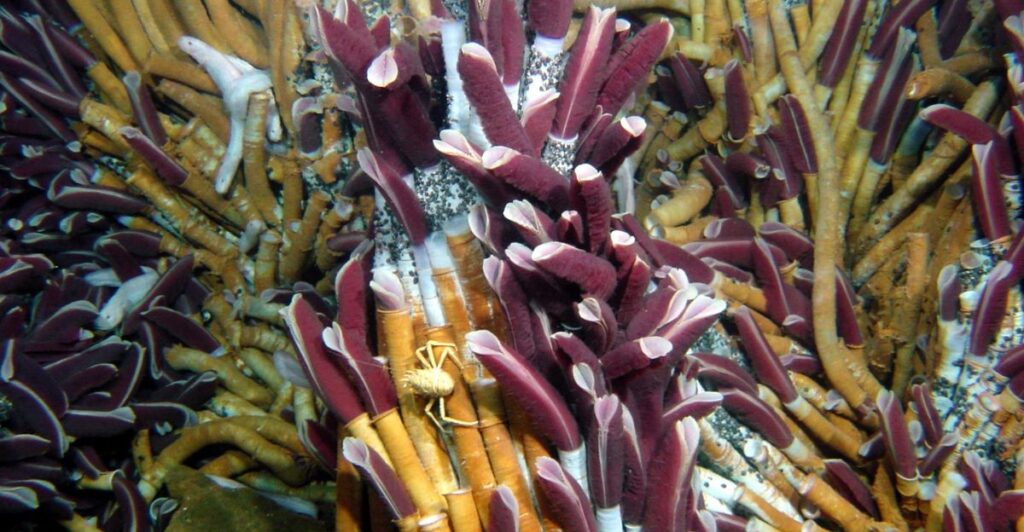
Anchored near deep-sea hydrothermal vents, giant tube worms can survive for over 250 years. These creatures rely on bacteria living inside their bodies to convert harmful chemicals into nutrients. Plus, the stable, isolated environment of the ocean floor helps tube worms avoid many common causes of aging.
6. Icy Preservation: Greenland Shark
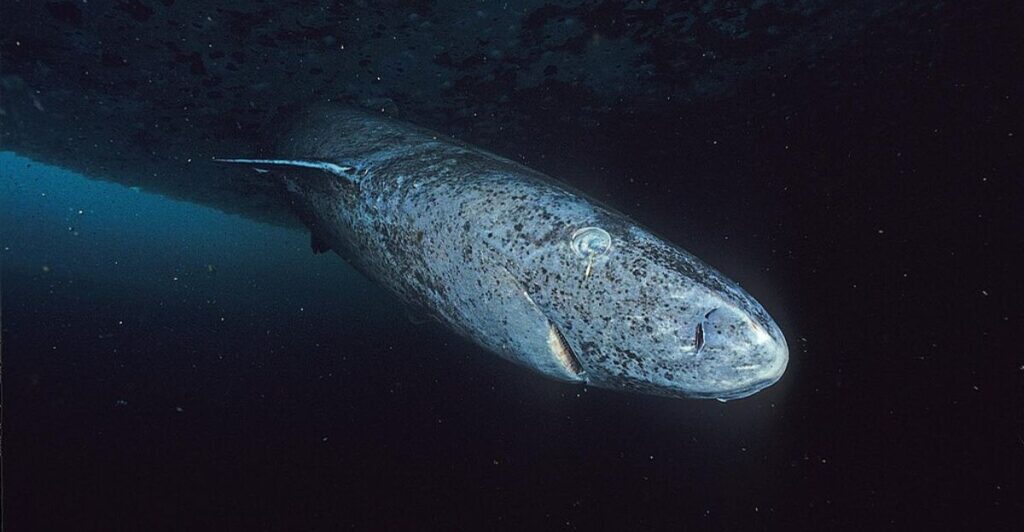
Surviving for over four centuries, the Greenland shark owes its extraordinary lifespan to the icy depths it inhabits. The cold waters slow its metabolism to a crawl, which reduces cellular damage and the need for rapid energy consumption. Combined with slow growth and late maturity, these adaptations help increase their lifespan.
7. Frozen Timekeeper: Antarctic Sponge
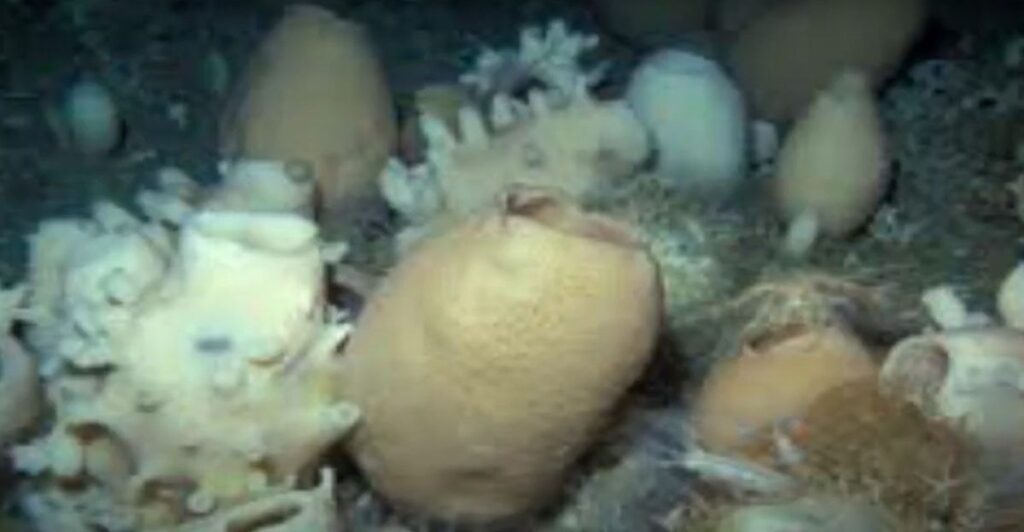
In the near-freezing waters of the Southern Ocean, Antarctic sponges grow at an incredibly slow rate. This icy habitat reduces metabolism to help preserve tissues for thousands of years. Some Antarctic sponges are believed to be over 10,000 years old, displaying nature’s ultimate patience.
8. Deep-Sea Resilience: Rougheye Rockfish
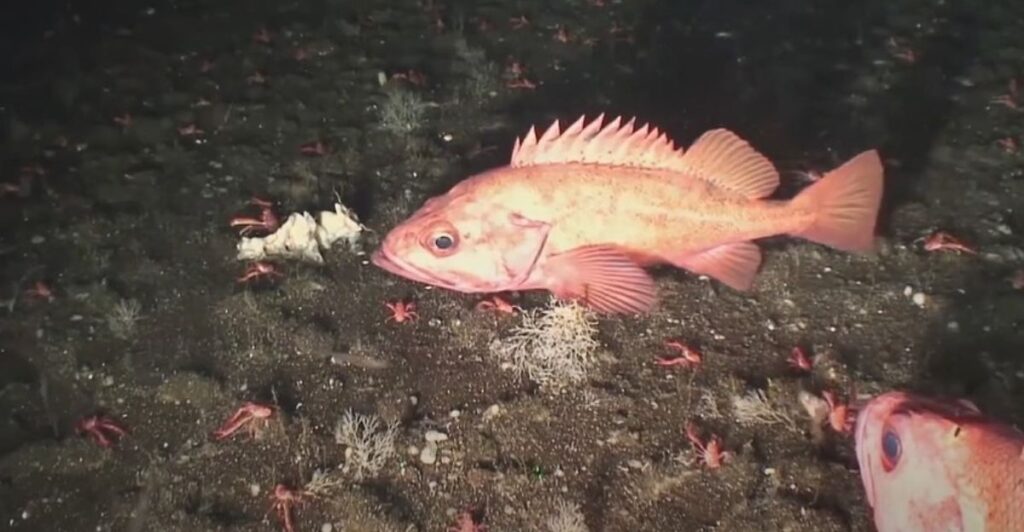
Living at depths of up to 2,400 feet, this fish experiences cold temperatures and low metabolic rates, which slow down aging processes. Its cells also show an ability to resist oxidative stress, a major contributor to aging. These adaptations allow the rougheye rockfish to avoid the wear and tear that shortens the lives of other species.
9. Oceanic Titan: Blue Whale
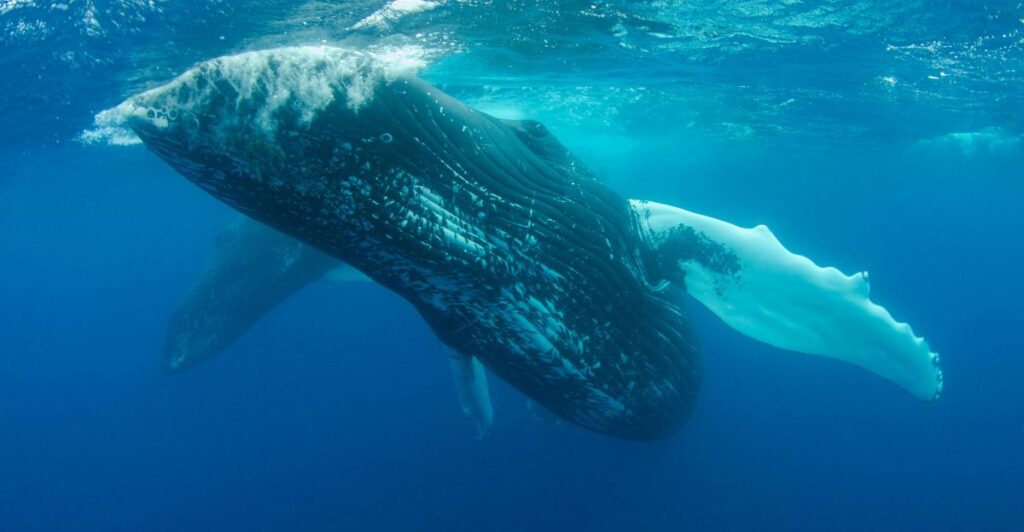
The blue whale can live for over a century thanks to its size and slow aging process. A massive body reduces the risk of predation, while a low metabolic rate conserves energy and minimizes cellular wear. Notably, blue whales possess thick blubber layers that protect against cold, injury, and infection.
10. Ultimate Survivors: Tardigrade
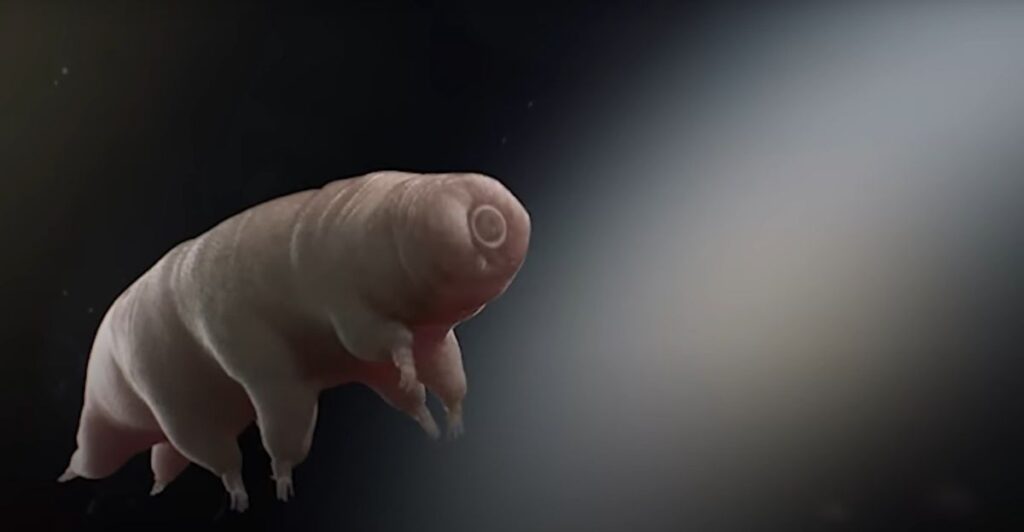
Tardigrades, often called “water bears,” are the ultimate survivors, capable of outliving humans by centuries due to extraordinary adaptability. These microscopic creatures can enter a state called cryptobiosis, where they dry out and suspend their metabolism, which makes them nearly indestructible.
11. Reverse Aging Phenomenon: Turritopsis Jellyfish

The Turritopsis jellyfish defies aging through a unique ability to reverse its life cycle. When injured or stressed, it converts its mature cells back into a polyp stage, effectively restarting its development. This process, known as transdifferentiation, allows the jellyfish to sidestep and begin life again.
12. Infinite Regeneration: Immortal Flatworm
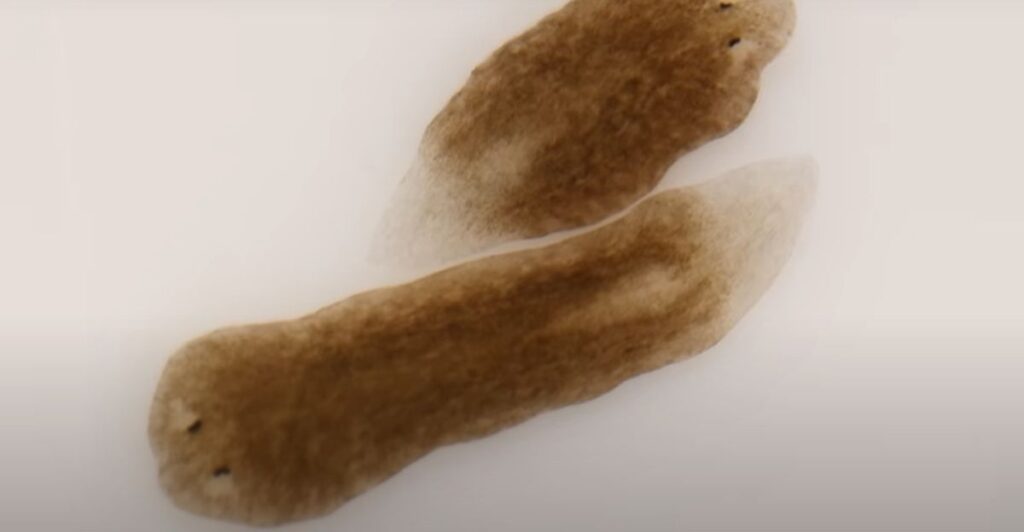
Due to its unique stem cells, the immortal flatworm, or Planarian, regenerates endlessly. Even when cut into pieces, each fragment forms a new worm, and its stem cells reset the biological clock, eventually halting the aging process. By maintaining youth indefinitely, flatworms achieve a potentially endless lifespan.
Stay connected with us for more stories like this! Follow us to get the latest updates or hit the Follow button at the top of this article, and let us know what you think by leaving your feedback below. We’d love to hear from you!







